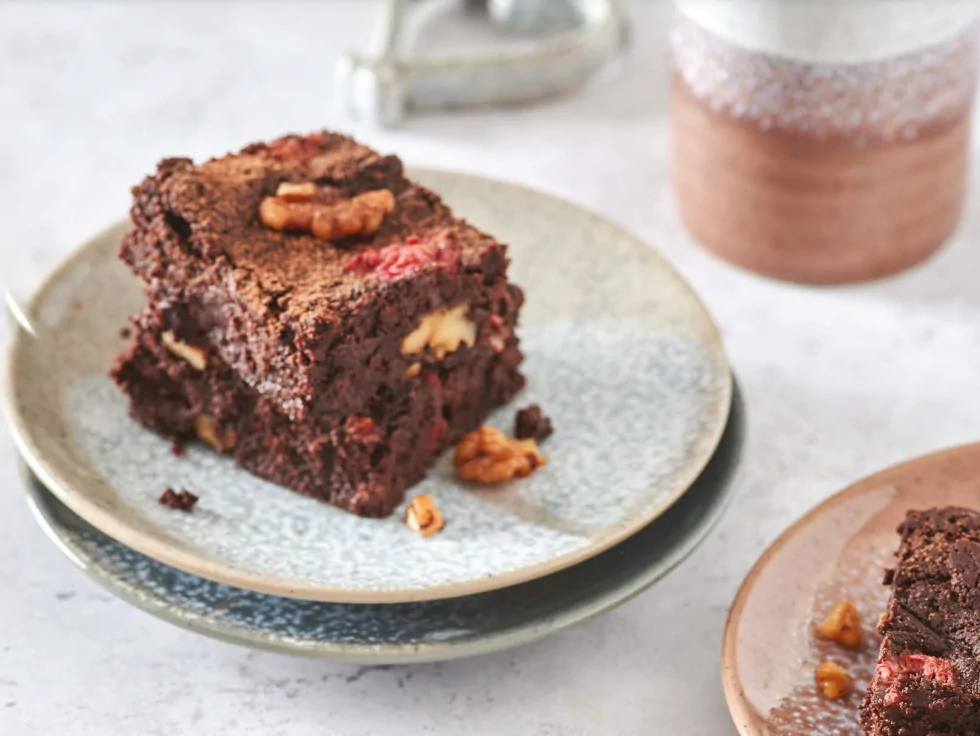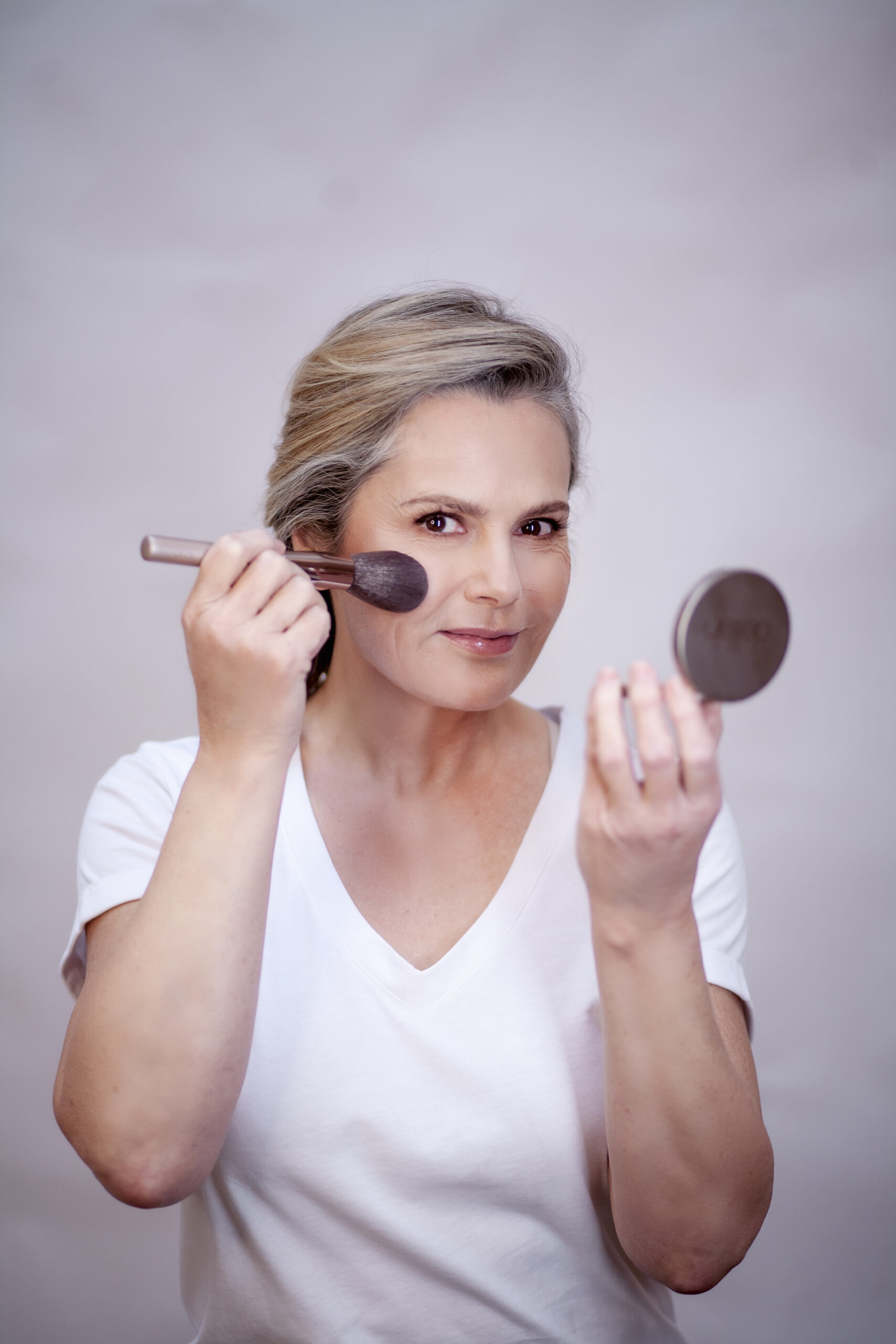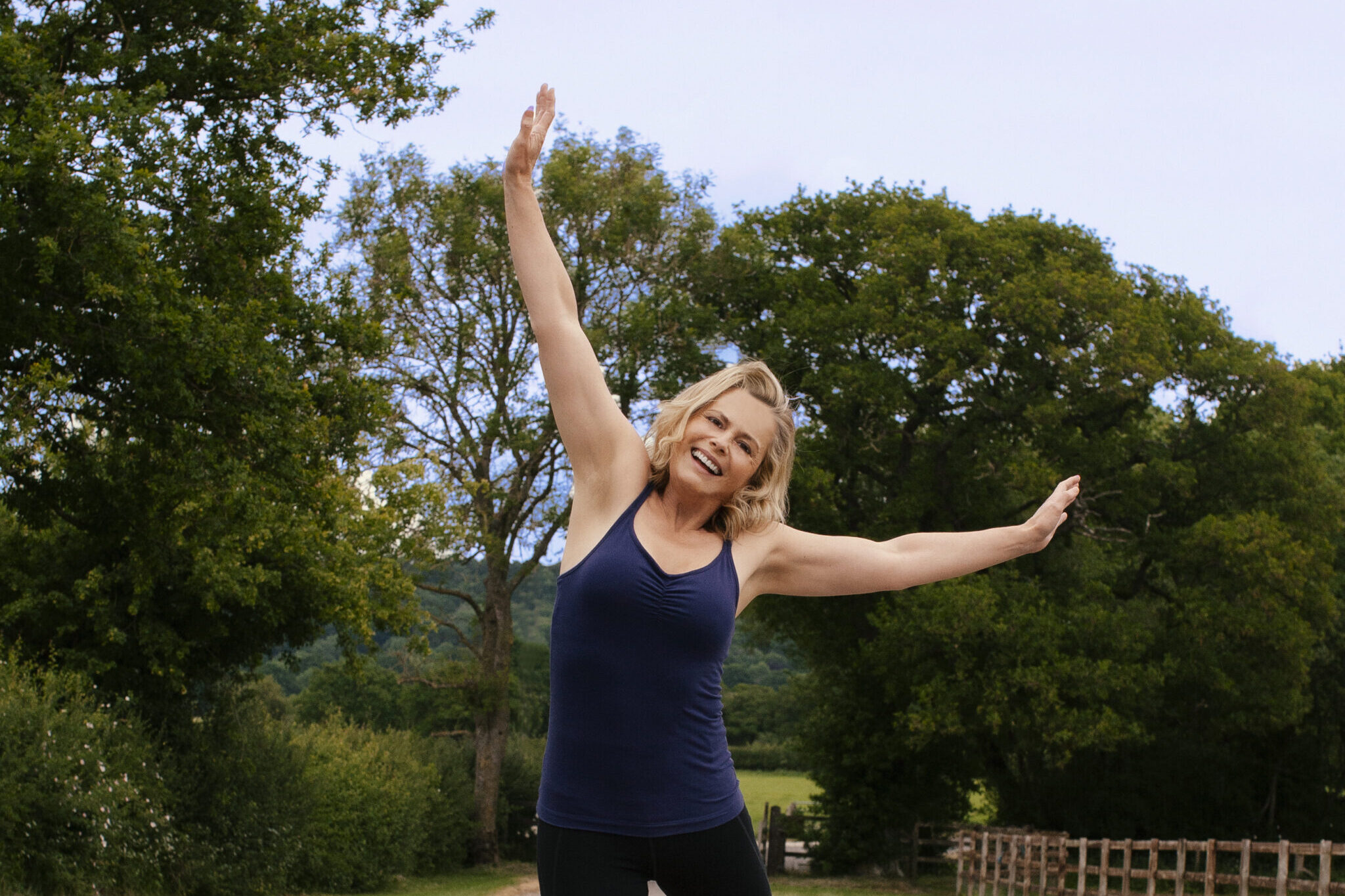Gut Health
Inflammaging: the hidden condition that could be harming your health
When it comes to health, short-term inflammation is an essential part of our immunity and healing processes. But, as research is starting to show, not all inflammation is made equal. One type that’s getting increasing airtime when it comes to our longevity is ‘inflammaging’.
The concept is relatively new in the world of science, coined by an Italian scientist in 2000. But what does it actually mean?
What is inflammaging?
Put simply, it refers to a low-grade level of chronic inflammation that we experience as we age, says Alex Manos, a certified functional medicine practitioner and functional medicine lead at The HVN.
This continuous inflammation has significant health consequences, with studies linking it to numerous conditions including:
- Cardiovascular disease
- Cancer
- Alzheimer’s disease and dementia
- Depression
- Kidney disease
- Rheumatoid arthritis
- Diabetes
- Frailty
Knowing the causes
What contributes to the inflammaging process is complex, but researchers are beginning to shed light on some of the key culprits.
“As we age, our immune system’s ability to function effectively reduces,” reveals Dr Sejni Pattani, a portfolio GP and lifestyle medicine physician. “This is a process called immunosenescence.”
Among other effects, studies show that immunosenescence leads to decreased numbers of our body’s ‘natural killer’ cells (such as T cells) and is associated with an increase in pro-inflammatory cytokines (proteins that instruct our immune cells to promote inflammation).
Sejni says sleep deprivation and poor sleep quality can also contribute to an increase in pro-inflammatory cytokine levels.
Disrupted slumber is something many people experience in their later years. Studies show that just one week of mild sleep deprivation is enough to increase levels of a pro-inflammatory marker in the body called plasma IL-6.
A gut feeling
Changes to our gut microbiome as we age can also cause inflammaging. Research suggests that we experience a reduction in ‘good’ gut bacteria as we get older, with an imbalanced microbiome being associated with various inflammatory diseases. Our gut wall barrier also becomes weaker and ‘leaky’ over time, which can allow harmful waste products to move into the body and trigger inflammation.
Science shows that our diets decline in nutritional quality as we get older too, impacting gut health. “One of the biggest ways diet affects inflammation is through the gut microbiome,” says Dr Caitlin Hall, a gut health dietician and head of research at myota.
Good bacteria thrive when we eat a varied and nutritious diet, leading to positive effects. “A diverse and healthy microbiome produces short-chain fatty acids (SCFAs), which have anti-inflammatory effects not just in the gut, but throughout the body,” says Caitlin.
Other factors believed to contribute to the inflammaging process as we get older include:
- Mitochondria dysfunction, which involves the cells involved in energy production no longer working as they should
- Oxidative stress, which is when the body is unable to tackle harmful free radicals properly, leading to genetic damage that encourages inflammation
- Genetic dispositions
- Chronic infections
The role of menopause in inflammaging
“Menopausal hormone changes contribute to inflammaging due to declining oestrogen levels,” shares Dr Philip Borg, founder and medical director of The Longevity Doctor. “Oestrogen has potent anti-inflammatory effects.”
We’re also more likely to gain weight during menopause, especially around our middle. This so-called ‘central obesity’ (aka excess stomach fat) is strongly linked to a pro-inflammatory state in the body.
Menopause also impacts gut health – which, as we now know, can influence inflammaging. “During menopause, we tend to see a reduction in beneficial gut bacteria, like Faecalibacterium and Bifidobacterium (that produce SCFAs), and lower microbial diversity, which can have effects on inflammation,” Caitlin says.
The signs and symptoms of inflammaging
So how do we know if we’re experiencing inflammaging? Frustratingly, there are no obvious signs.
“Inflammaging itself does not cause noticeable symptoms, like an infection or acute inflammation,” says Alex. “Instead, it manifests gradually through various age-related changes and diseases.”
He says that signs that can appear over time might include:
- Chronic fatigue
- Aching joints
- Cognitive decline
- Muscle weakness and sarcopenia
However, doctors can check for and monitor signs of inflammation through blood tests.
“We monitor inflammatory markers, such as C-reactive protein and other biomarkers linked to ageing,” explains Philip.
There are also things we can do at home. Home-testing kits, such as GlycanAge (get 15% off with LIZLOVES), can help determine the level of chronic inflammation in the body. Wearable trackers can also be beneficial, says Phillip – with devices such as WHOOP (get 15% off by following this link) allowing us to track key biomarkers.
“Sharing this data with your medical team can provide valuable insights, helping to guide your journey toward optimal health and longevity,” he explains. “Early screening and proactive intervention are essential for maintaining long-term health and longevity.”
How to slow the inflammaging process
Let’s face it: inflammaging doesn’t sound too great. But, as Alex explains, it’s not really something we can avoid.
“It’s important to highlight that inflammaging is now considered a hallmark of ageing, evolutionary conserved,” he says. “Inflammation is an essential process and absolutely necessary for our survival.”
Instead, Alex explains that our focus should be on how much inflammation is in our body and what level of it is chronic.
Sejni explains that it may not be possible to entirely ‘reverse’ chronic inflammation. The good news? Various lifestyle approaches can help slow its progression and reduce its impacts.
Eat a healthy diet
As we’ve established, diet hugely influences gut health and inflammation. “Some foods are like fuel for inflammation, while others help put the fire out,” reveals Caitlin. So, what should we be eating – and avoiding – to keep our microbiome in tip-top shape?
Foods to love
Caitlin says that prioritising these foods daily can have a big impact on how we age:
- Ingredients containing prebiotic fibre, such as bananas, onions, leeks, and apples. Prebiotic fibre supports gut bacteria that produce SCFAs, which help reduce inflammation.
- Omega-3 fatty acids are another must-have thanks to their anti-inflammatory effects. Look to fatty fish, flaxseeds, and walnuts.
- Ingredients containing polyphenols – these act as antioxidants, protecting our cells from damage. Find them in foods such as dark chocolate, colourful fruits and veggies, and tea.
Foods to avoid include those high in:
- Refined carbohydrates
- Added sugars
- Unhealthy fats
“These ingredients ramp up inflammation, contributing to insulin resistance, metabolic dysfunction, and oxidative stress,” says Caitlin.
Keep to a healthy weight
As Philip explains, maintaining a healthy weight and reducing excess body fat is key. “Visceral fat around the organs is a major driver of inflammation,” he reveals.
Exercise regularly
Physical activity is beneficial for far more than cardiovascular and muscle health. Philip reveals that aerobic exercise can enhance the health of our mitochondria – in turn improving our body’s metabolic efficiency and cellular function.
He says that zone 2 training – a low-to-moderate intensity that sees us work at 60-70% of our maximum heart rate – is particularly beneficial.
“Try to avoid prolonged periods of inactivity,” adds Sejni. “A sedentary lifestyle can promote inflammation and increase risk of disease.”
Prioritise good sleep
Not to make you lose sleep over it, but a bad night’s slumber encourages higher levels of pro-inflammatory cytokines. “Ensuring you are getting sufficient restorative sleep – ideally seven to eight hours a night for most people – is crucial,” says Sejni.
Steps such as establishing a bedtime routine and reducing caffeine intake can help induce a restful night’s sleep.
Words: Chantelle Pattemore




